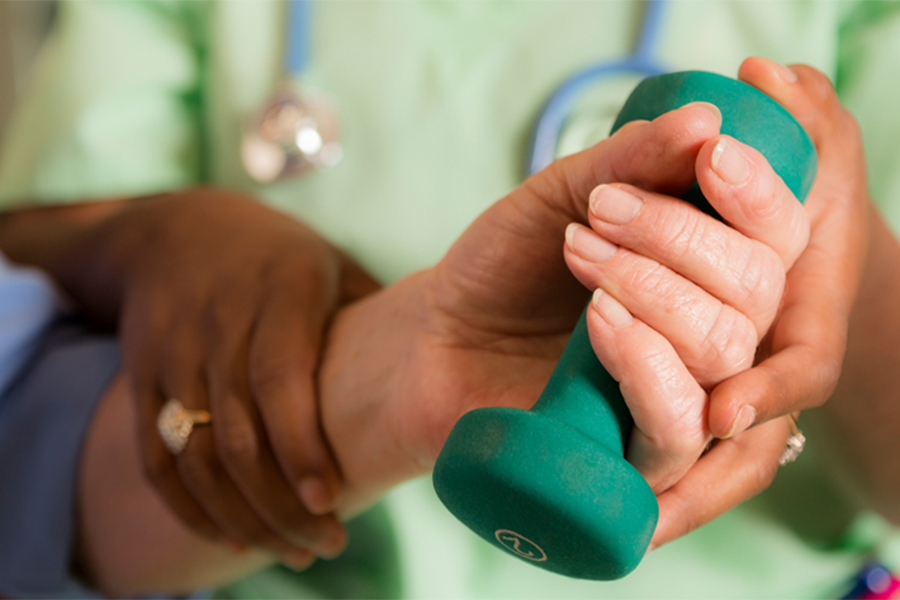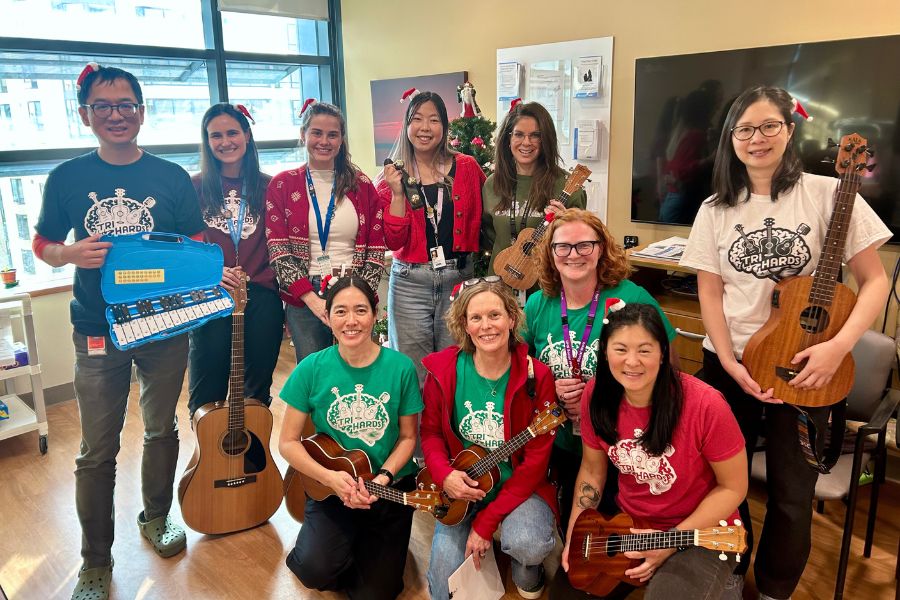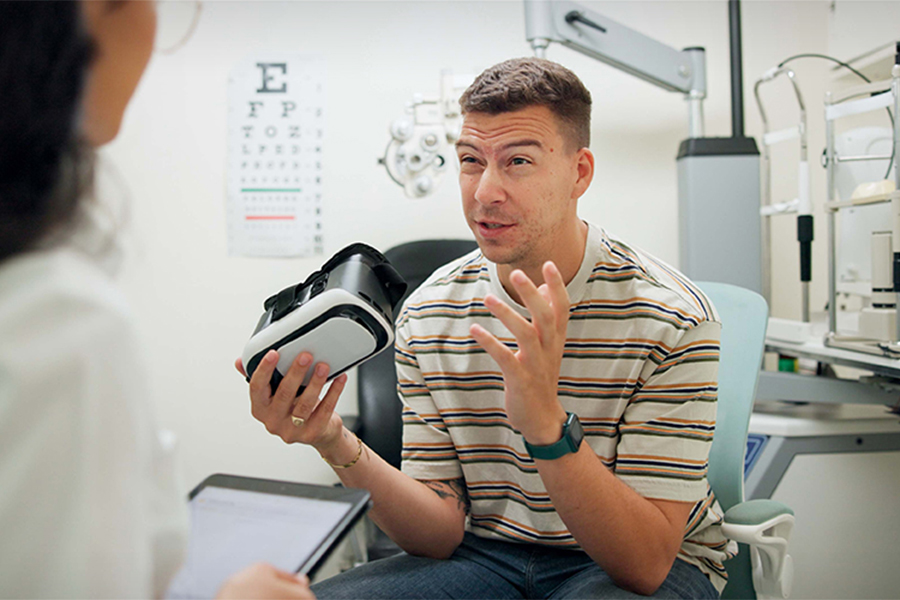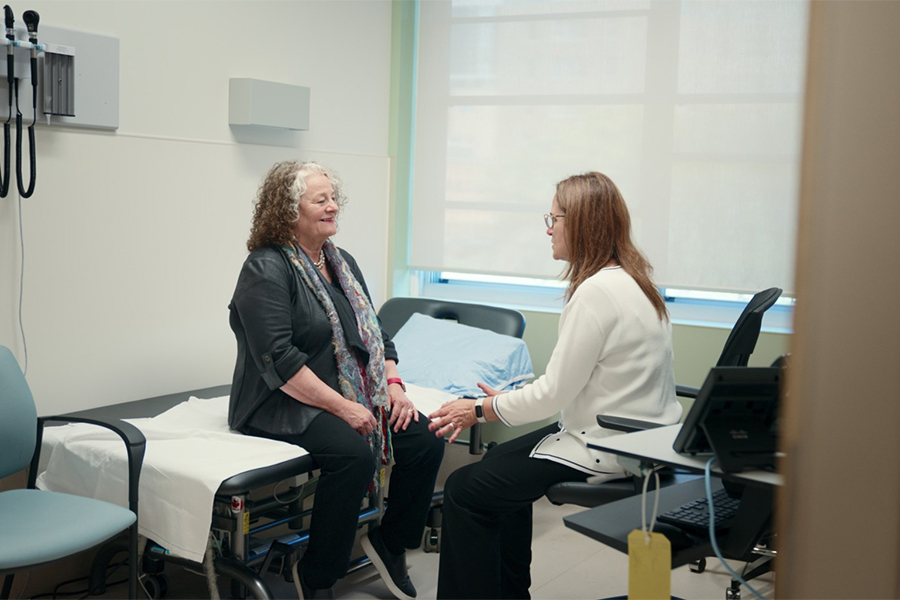Dr. Gustavo Balbinot, (L), is a postdoctoral researcher at UHN’s Krembil Research Institute and a former trainee in the lab of Dr. José Zariffa, a Senior Scientist at UHN’s KITE Research Institute. (Photo: UHN)
We use our hands in almost all day-to-day activities, and regaining hand function is a top priority for individuals with spinal cord injuries.
A team led by Dr. José Zariffa, a Senior Scientist at UHN’s KITE Research Institute, and Dr. Gustavo Balbinot, a postdoctoral researcher at UHN’s Krembil Research Institute and a former trainee in Dr. Zariffa’s lab, found that spinal cord injuries can have more of an effect on hand functions, which recover to a lesser degree and slower than other muscles in the arms.
Dr. Zariffa’s team collaborated with researchers who are leading a clinical trial known as the European Multicenter Study About Spinal Cord Injury.
Through this collaboration, the team gained access to data collected from patients with spinal cord injuries that spans over 20 years. They then used that data to search for predictors of hand function recovery that may help improve rehabilitation programs and published the findings in Nature Communications.
Through extensive analyses, the team found that the connection between the brain and the muscles in the hand could be used to predict recovery. This connection is measured by a clinical test known as the motor-evoked potential (MEP).
The team found that spinal cord injury patients who had connections measurable with MEP recovered up to 45 per cent of the arm movement that they had lost.

“Our findings suggest that patients who show signs of some degree of preservation of these brain-to-hand connections are more likely to benefit from novel rehabilitation therapies,” says Dr. Balbinot, the first author of the study. “This study expands our understanding of the importance of brain connections to hand muscles and helps explain the severe impact and limited recovery of hand function after spinal cord injuries in the neck.”
The team also leveraged KITE’s expertise in machine learning methods to develop better predictors of hand function recovery that include MEP scores. Traditional measures used by therapists involve scoring a patient’s performance for various tasks on a scale of one to five – then tallying individual task values for a final score.
“Those methods may miss important associations and limit our ability to make the best clinical decisions,” explains Dr. Zariffa. “In our machine-learning models, we accounted for multiple aspects of neurological function, which is not all or nothing.
“An important concept that we are introducing to the field is what we are calling segmental recovery: the idea that the pattern of recovery needs to be understood at the level of individual muscles.”
“While current therapies are not able to cure spinal cord injury, we do see some recovery.” Dr. Zariffa says. “By refining how we measure this recovery to include important factors – such as MEP and segmental recovery – we are unlocking a better understanding of the effects of emerging therapies and their ability to further improve the lives of those living with spinal cord injury.”
This study was supported by generous donors to UHN Foundation.


